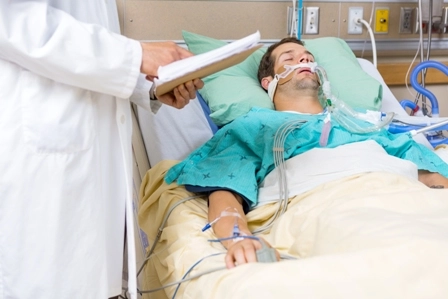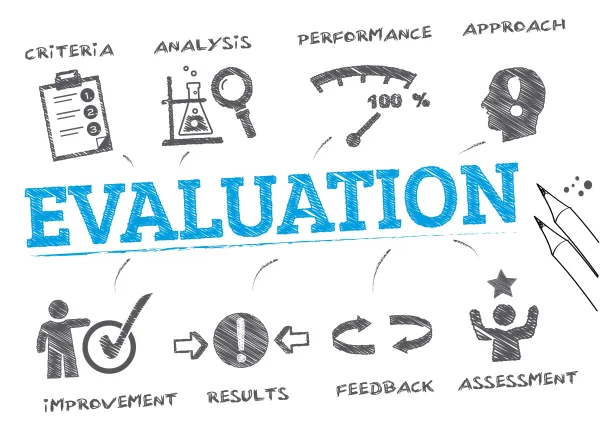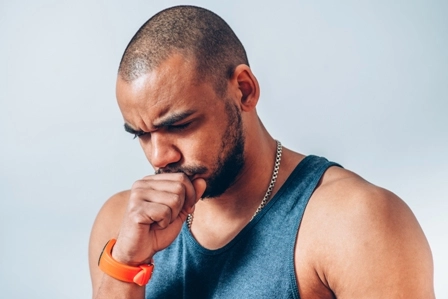Will 94762 Qualify for Overnight Desat Payment?
Question: How should I code for an overnight desaturation oximetry for a Medicare patient when it is not associated with a physician visit? Codify Subscriber Answer: Before you bill 94762 (Noninvasive ear or pulse oximetry for oxygen saturation; by continuous overnight monitoring [separate procedure]) for overnight desaturation oximetry, you have to meet Medicare’s reporting guidelines. Generally, pulmonologists perform continuous overnight monitoring of noninvasive ear or pulse oximetry in the home or in a nursing facility at another physician’s request. In both locations, Medicare requires that the physician who provides the oximetry perform face-to-face interaction with the patient prior to initiating the procedure. This direct encounter allows the physician to assess the patient’s comprehension and physical ability to carry out the instructions and also allows the patient to ask questions on how to use the equipment. Without this face-to-face encounter, the carrier can deny your claim as not medically reasonable or necessary. Furthermore, Medicare pays for 94762 when the physician obtains the oximeter’s results in a “reliable” setting. In other words, the patient’s record should identify that the physician preset the oximetry, and the patient cannot adjust the settings. The oximeter must also be capable of producing a printout that documents an adequate number of sampling hours, percent of oxygen saturation, and an aggregate of the results. This information must be available upon request. Medicare may also apply frequency limits for services the physician provides more than three times a year. Medicare contractors will have other specific guidelines to report this. For instance, Part B payer First Coast Service Options requires that the patient has a condition “for which intermittent arterial blood gas sampling is likely to miss important variations, and the patient must have a condition resulting in hypoxemia and there is a need to assess supplemental oxygen requirements and/or a therapeutic regimen,”




